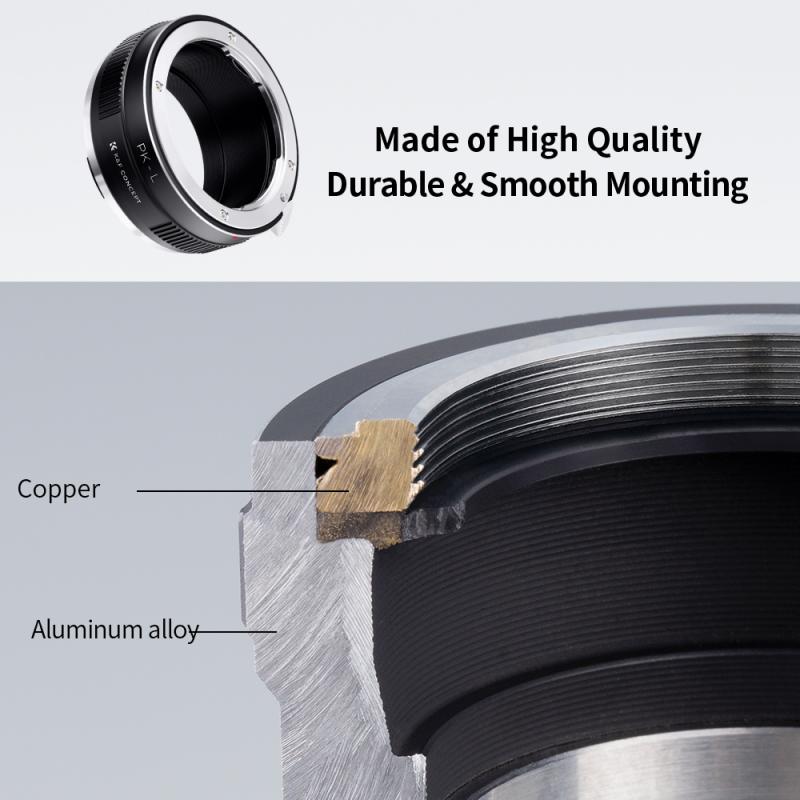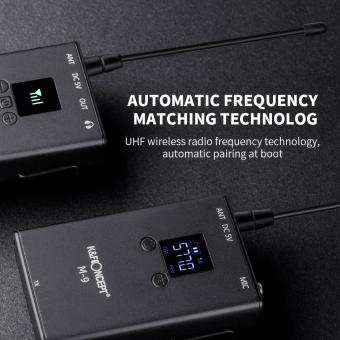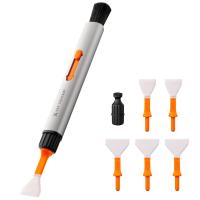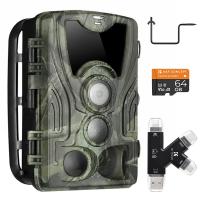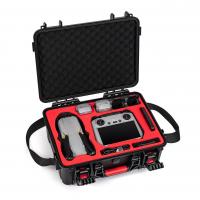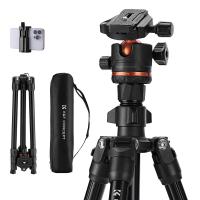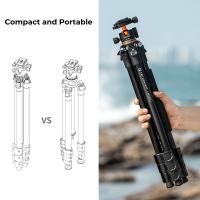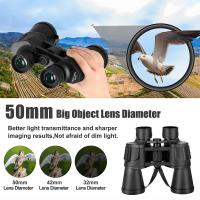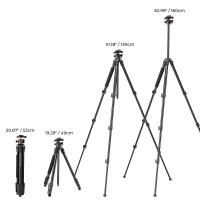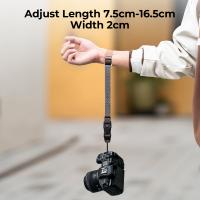How To Make Anologue Cctv Camera Digital ?
To make an analog CCTV camera digital, you would need to use a video encoder or a digital video recorder (DVR). These devices convert the analog video signal from the camera into a digital format that can be transmitted and stored digitally. The video encoder or DVR typically has inputs for the analog camera's video signal and outputs for connecting to a computer network or storage device. By connecting the analog camera to the video encoder or DVR, you can convert the analog video signal into a digital format, allowing for easier transmission, storage, and remote access of the camera's footage.
1、 Analog to digital converter for CCTV camera integration
To make an analog CCTV camera digital, you would need to integrate an analog to digital converter (ADC) into the camera system. An ADC is a device that converts analog signals into digital signals, allowing for compatibility with digital systems.
Here are the steps to make an analog CCTV camera digital:
1. Choose the right ADC: Select an ADC that is suitable for your camera system. Consider factors such as resolution, sampling rate, and compatibility with your camera's analog output.
2. Connect the ADC: Connect the analog output of the CCTV camera to the input of the ADC. This can typically be done using standard RCA or BNC connectors.
3. Configure the ADC: Follow the manufacturer's instructions to configure the ADC settings. This may involve adjusting parameters such as resolution, sampling rate, and signal processing options.
4. Connect to a digital system: Connect the digital output of the ADC to a digital system, such as a computer or a network video recorder (NVR). This will allow you to view and record the digital video feed from the CCTV camera.
5. Set up monitoring and recording: Use appropriate software or applications to monitor and record the digital video feed from the camera. This may involve installing surveillance software on a computer or configuring the NVR.
From a latest point of view, it is worth mentioning that the trend in the surveillance industry is shifting towards IP (Internet Protocol) cameras, which are inherently digital. IP cameras offer higher resolution, better image quality, and advanced features such as remote access and analytics. Therefore, instead of converting analog CCTV cameras to digital, it may be more beneficial to consider upgrading to IP cameras for a more advanced and future-proof surveillance system.
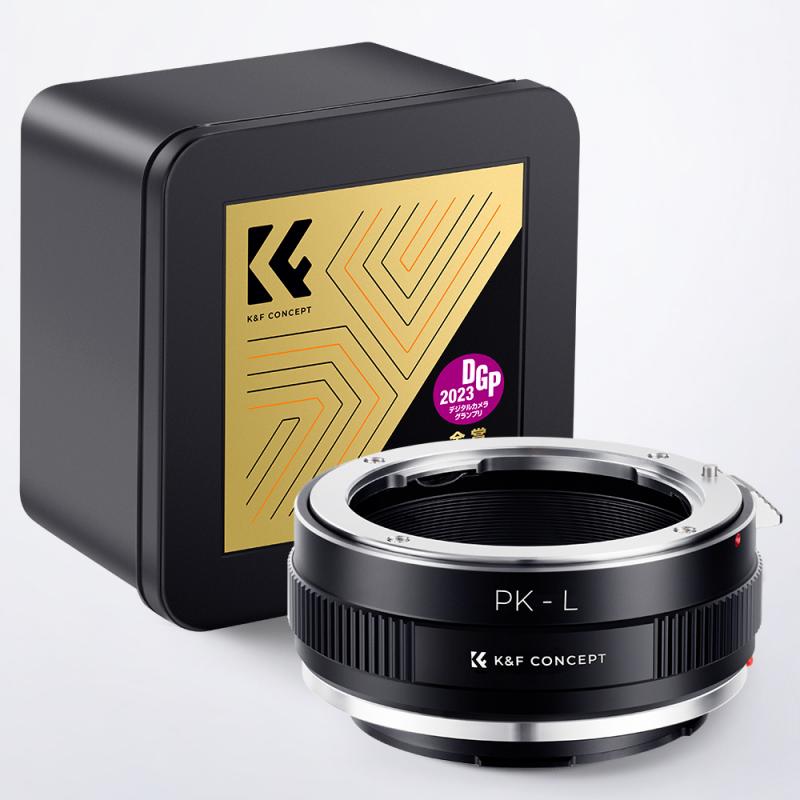
2、 Upgrading analog CCTV camera to digital using video encoders
To upgrade an analog CCTV camera to digital, one can use video encoders. Video encoders are devices that convert analog video signals into digital format, allowing them to be transmitted and recorded digitally. This conversion process enables the analog camera to be integrated into a digital surveillance system.
The first step in upgrading an analog CCTV camera to digital is to select a suitable video encoder. There are various types available in the market, ranging from standalone encoders to network video recorders (NVRs) with built-in encoder functionality. It is important to choose an encoder that supports the desired video resolution and encoding standards.
Once the video encoder is selected, it needs to be connected to the analog camera and the network. The analog camera's video output is connected to the input of the video encoder, which then converts the analog signal into a digital stream. This digital stream can be transmitted over the network using Ethernet cables or wirelessly, depending on the capabilities of the video encoder.
To view and record the digital video stream, a compatible video management software (VMS) or NVR is required. The VMS or NVR receives the digital stream from the video encoder and allows users to monitor and manage the camera's video feed. It also provides features such as video recording, motion detection, and remote access.
Upgrading analog CCTV cameras to digital using video encoders offers several advantages. Digital video provides higher image quality, greater flexibility in terms of storage and transmission, and easier integration with other digital systems. Additionally, digital surveillance systems often offer advanced features such as video analytics and intelligent video search, enhancing the overall security and efficiency of the surveillance system.
In conclusion, upgrading analog CCTV cameras to digital using video encoders is a cost-effective and efficient way to modernize existing surveillance systems. It allows for the integration of analog cameras into digital networks, providing enhanced video quality and advanced features for improved security and surveillance.

3、 IP camera conversion for analog CCTV systems
To convert an analog CCTV camera into a digital IP camera, you will need to follow a few steps. This conversion process allows you to take advantage of the benefits offered by IP cameras, such as higher resolution, remote access, and advanced analytics.
1. Choose an IP encoder: An IP encoder is a device that converts analog video signals into digital format. Select an encoder that supports the desired resolution and features you want for your IP camera.
2. Connect the analog camera to the IP encoder: Connect the analog camera's video output to the input of the IP encoder. Ensure that the connections are secure and properly configured.
3. Configure the IP encoder: Access the IP encoder's settings through its web interface or software. Configure the resolution, frame rate, compression, and other parameters according to your requirements.
4. Connect the IP encoder to the network: Connect the IP encoder to your local network using an Ethernet cable. Ensure that the encoder has a valid IP address and is properly connected to the network switch or router.
5. Access the IP camera remotely: Once the IP encoder is connected to the network, you can access the camera's video feed remotely using a computer, smartphone, or tablet. Install the necessary software or app provided by the IP encoder manufacturer to view and manage the camera.
It's important to note that while converting an analog CCTV camera to an IP camera can provide some benefits, it may not match the performance of a native IP camera. Native IP cameras are designed to take full advantage of the digital network, offering higher resolutions, advanced analytics, and easier integration with other security systems. Therefore, it's recommended to consider investing in native IP cameras for new installations or upgrading existing systems for optimal performance and functionality.
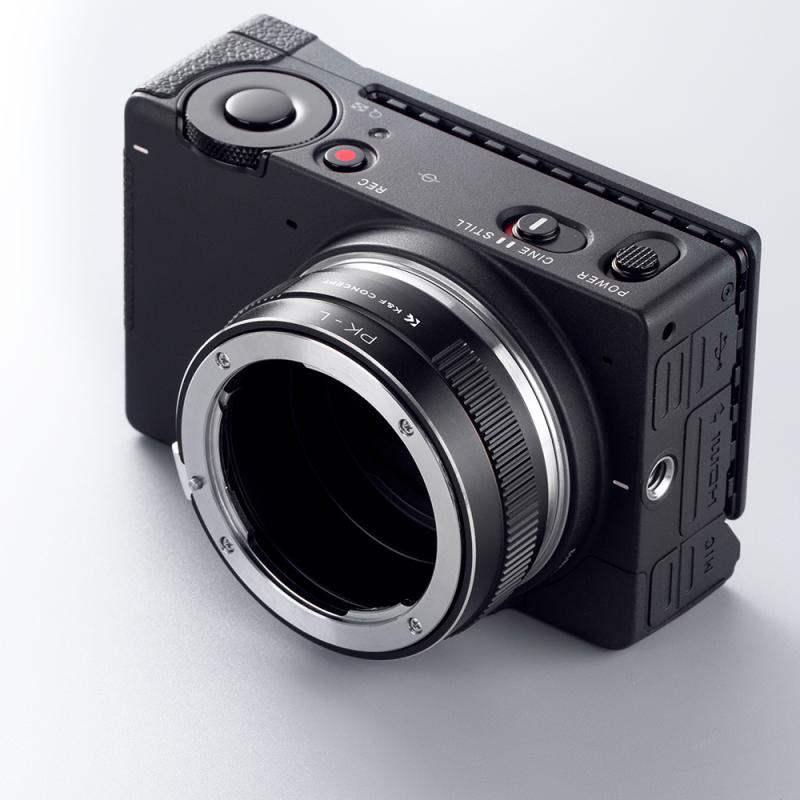
4、 Utilizing network video recorders (NVRs) for digital CCTV integration
To make an analog CCTV camera digital, one can utilize network video recorders (NVRs) for digital CCTV integration. NVRs are devices that connect to the analog camera and convert the analog video signal into a digital format. This allows for easier storage, management, and remote access of the CCTV footage.
The process of integrating analog CCTV cameras with NVRs involves a few steps. First, the analog camera needs to be connected to the NVR using a coaxial cable or Ethernet cable, depending on the type of NVR being used. The NVR then converts the analog video signal into a digital format and stores it on a hard drive or network storage device.
Once the analog camera is connected to the NVR, users can access the CCTV footage remotely through a computer, smartphone, or tablet. This allows for real-time monitoring and playback of the recorded footage from anywhere with an internet connection.
Utilizing NVRs for digital CCTV integration offers several advantages. Firstly, it allows for higher video quality as digital cameras generally have higher resolution capabilities compared to analog cameras. Additionally, digital CCTV systems offer more advanced features such as motion detection, facial recognition, and video analytics, which can enhance security and surveillance capabilities.
Furthermore, NVRs provide scalability, allowing for the addition of more cameras as needed without the need for extensive rewiring. They also offer easier maintenance and troubleshooting as the system can be remotely accessed and managed.
In conclusion, integrating analog CCTV cameras with NVRs is a practical and efficient way to make them digital. This technology provides improved video quality, advanced features, remote access, and scalability, making it a valuable solution for modern surveillance needs.
